Transform your rural property into a stunning landscape masterpiece with thoughtfully designed farm pond ideas that blend function with natural beauty. Farm ponds serve as vital water sources for livestock while creating breathtaking focal points that enhance property value and provide recreational opportunities for families. Whether you're planning a new pond or renovating an existing one, the right design approach can turn a simple water feature into a thriving ecosystem that supports local wildlife and offers year-round enjoyment. From naturalistic designs that mimic existing water bodies to carefully planned fish habitats, successful farm pond projects require consideration of water quality, seasonal changes, and maintenance needs. These comprehensive ideas will help you create a pond that seamlessly integrates with your rural landscape while providing practical benefits for decades to come.
1. Natural Stone Shoreline Design
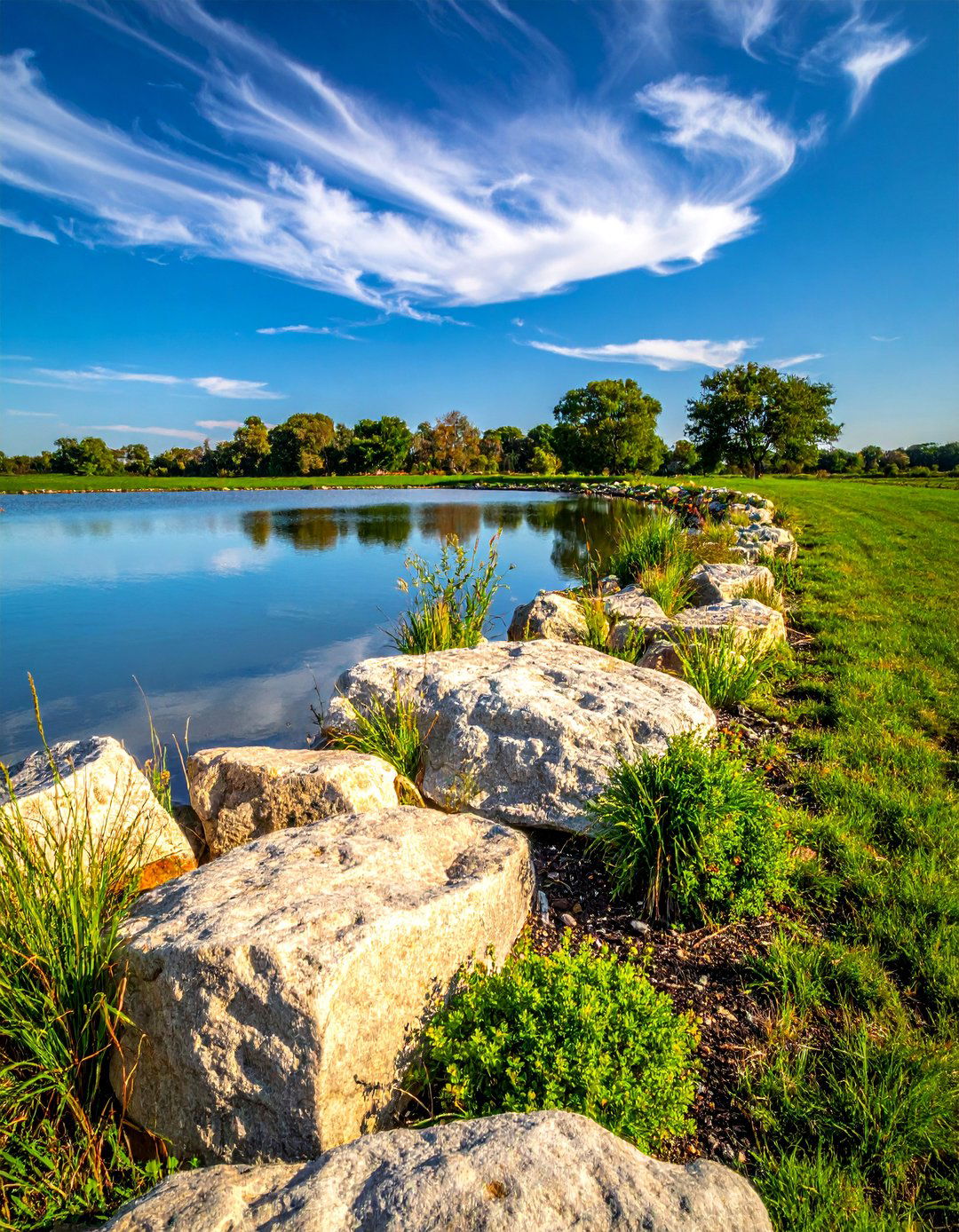
What makes a pond feel like it belongs in the landscape rather than looking artificial? Natural stone shorelines create authentic-looking water features that appear to have formed naturally over time. This design uses locally sourced rocks and boulders of varying sizes to prevent erosion while adding rustic beauty. Large limestone or granite stones form the foundation, with smaller river rocks filling gaps and creating gentle transitions between water and land. The irregular placement mimics natural waterways, while strategic planting pockets between stones allow native vegetation to establish. This approach provides excellent erosion control during heavy rains and creates basking spots for turtles and frogs. Stone selection should complement existing landscape materials, and proper grading ensures stable installation that withstands freeze-thaw cycles without shifting.
2. Wildlife Habitat Pond System
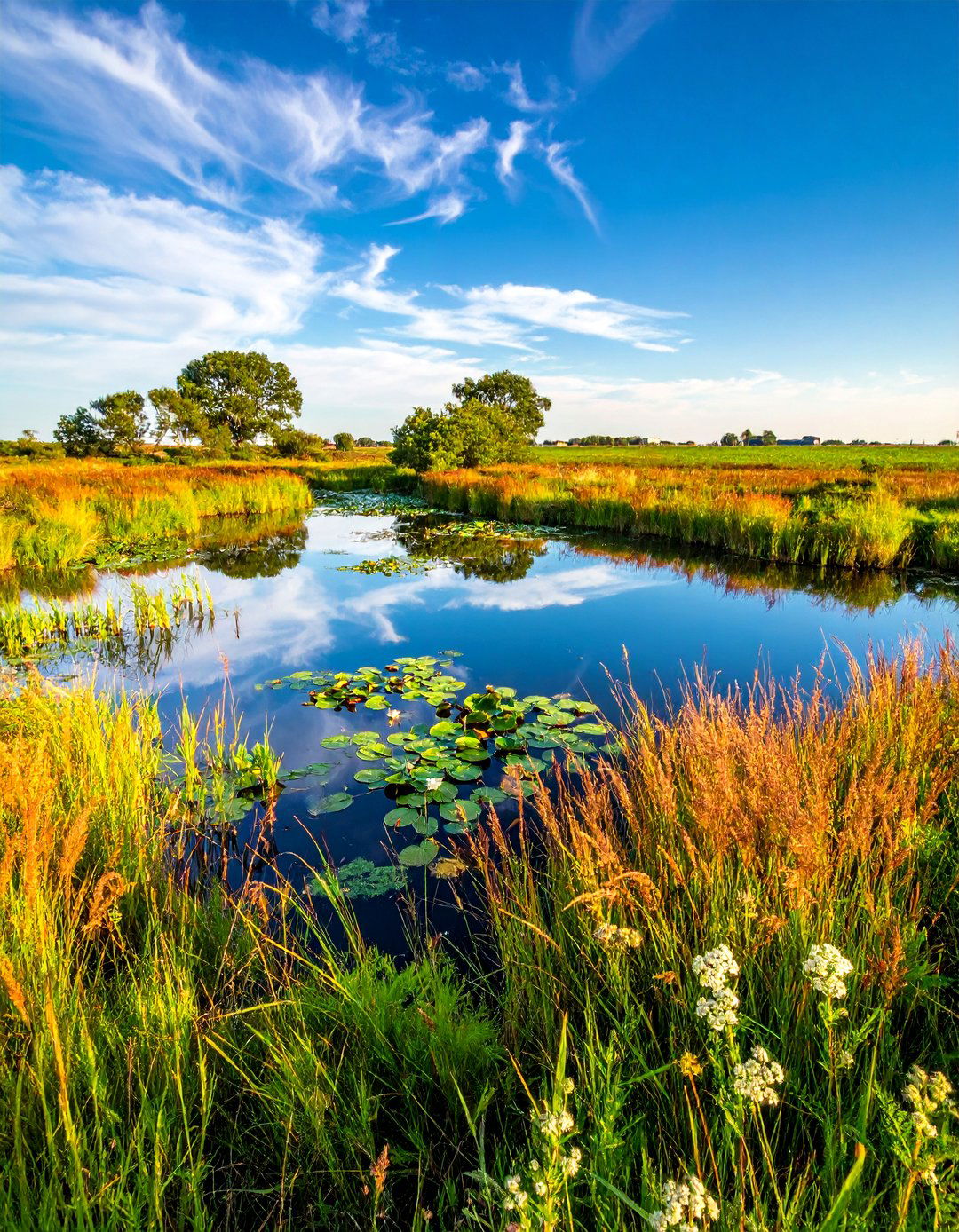
How can your pond become a magnet for local wildlife while maintaining water quality? Designing shallow wetland areas alongside deeper sections creates diverse habitats that support everything from waterfowl to beneficial insects. This system incorporates graduated depths from six inches at the edges to eight feet at the center, allowing different species to find suitable conditions. Native aquatic plants like cattails and water lilies provide food and shelter, while strategically placed logs and brush piles offer additional habitat structure. A small island in the center provides nesting sites for waterfowl while being protected from ground predators. Natural filtration through wetland plantings reduces maintenance needs while supporting a balanced ecosystem. This design transforms your pond into a functioning wildlife sanctuary that provides endless opportunities for nature observation and photography.
3. Fishing Dock and Access Platform
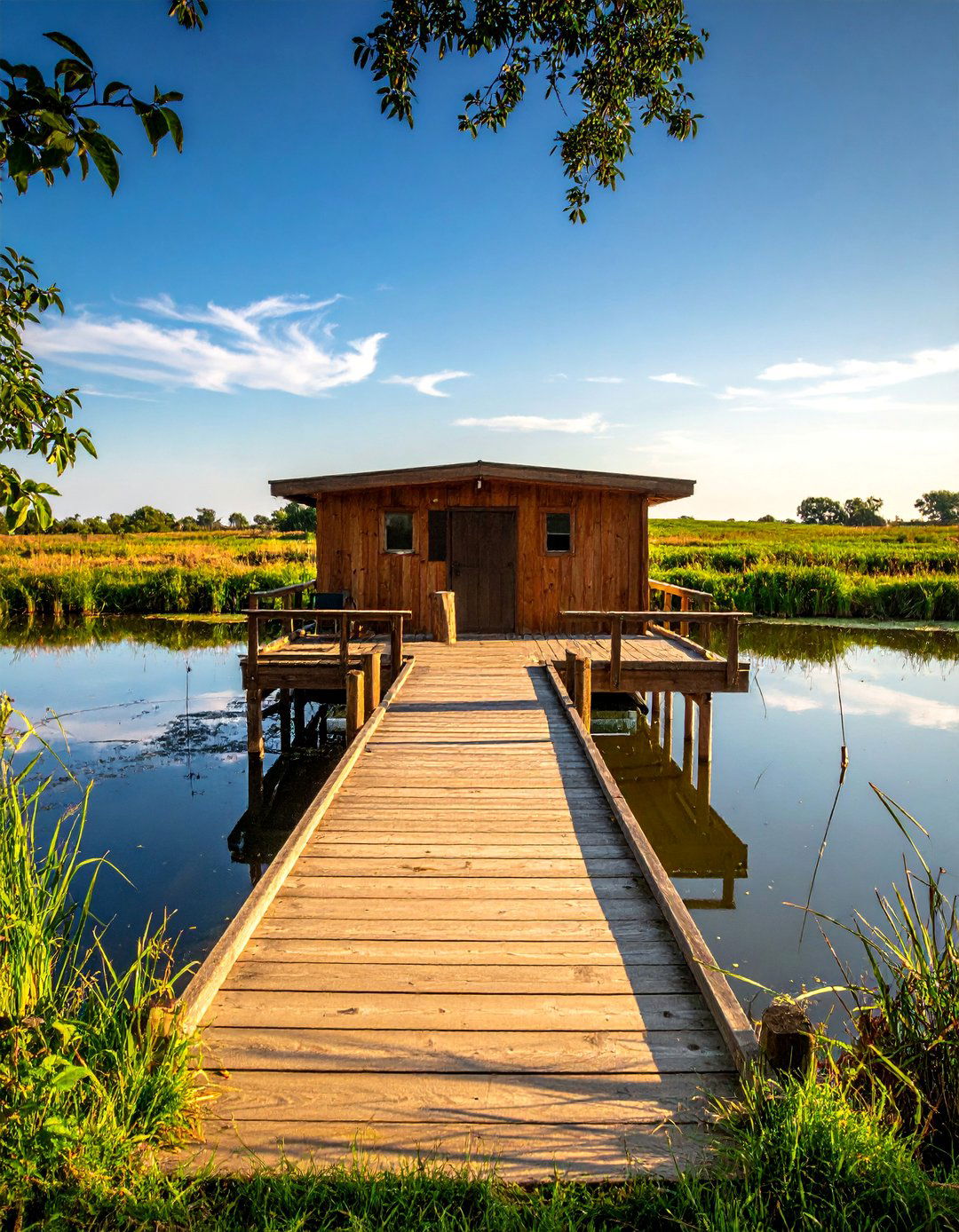
Why settle for fishing from the bank when you can create a dedicated angling paradise? A well-designed fishing dock extends into deeper water where larger fish typically feed, improving your chances of landing trophy catches. This design features a sturdy wooden platform with built-in rod holders, tackle storage, and comfortable seating areas. The dock should extend into water at least six feet deep and include submerged structures like brush piles or rock formations underneath to attract fish. Solar-powered lights allow evening fishing sessions, while a small shelter provides protection from weather. Consider adding a cleaning station with running water for processing your catch. Proper construction with pressure-treated lumber and galvanized hardware ensures longevity in wet conditions. Access paths with non-slip surfaces connect the dock safely to shore.
4. Waterfall and Stream Integration
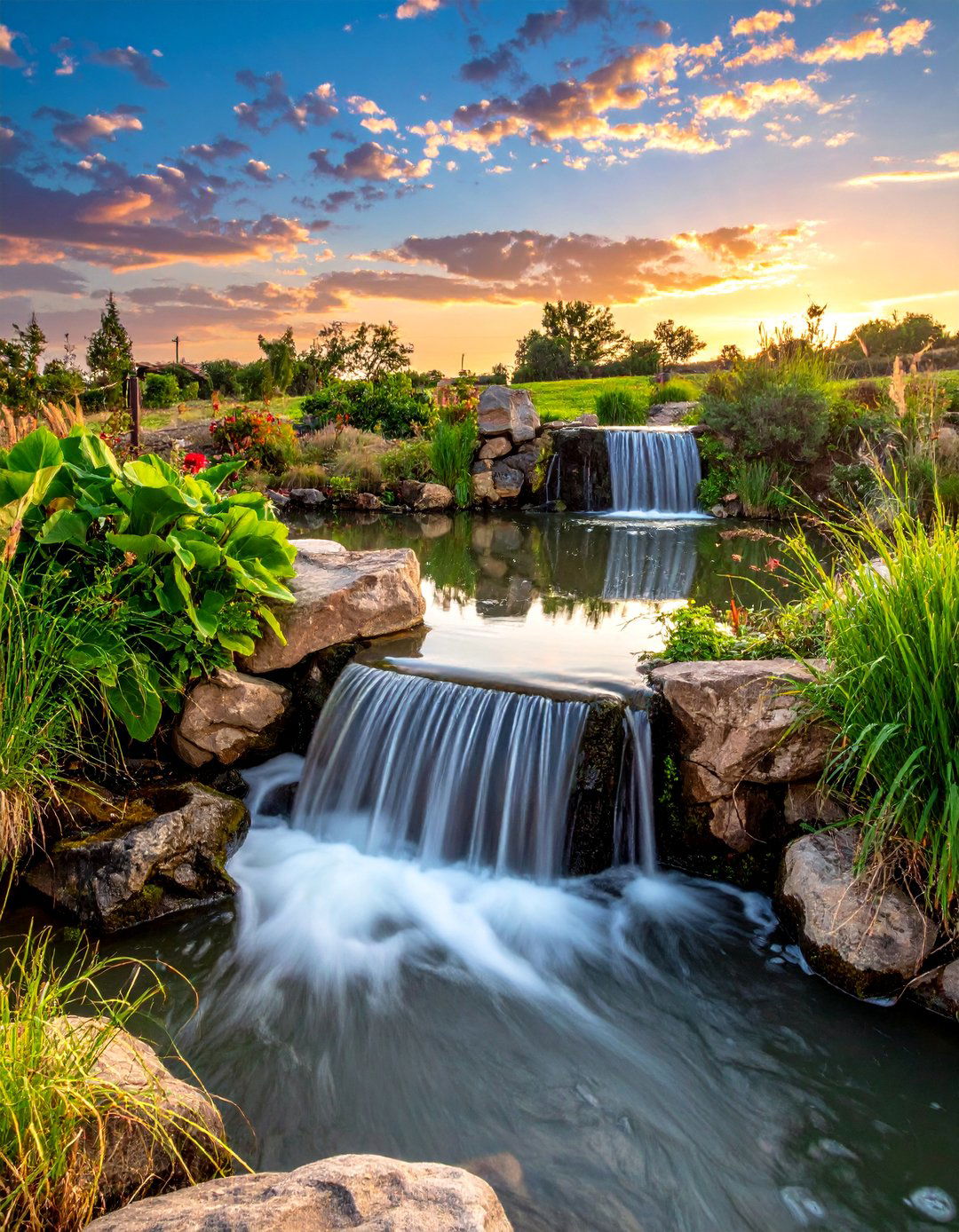
Can you imagine the soothing sounds of flowing water enhancing your pond's tranquility? Integrating a waterfall or stream system adds movement, oxygenation, and visual interest while creating a more dynamic water feature. This design channels water from a higher elevation through a series of natural-looking rock formations, creating cascading pools before reaching the main pond. The recirculating system uses energy-efficient pumps to move water continuously, preventing stagnation and supporting fish health. Stone placement should appear random and weathered, using materials that match existing landscape features. Strategic planting with moisture-loving plants like ferns and hostas around the waterfall area enhances the natural appearance. The moving water helps prevent algae growth while providing the relaxing sound of flowing water that can be heard throughout your outdoor living areas.
5. Japanese-Inspired Zen Garden Pond
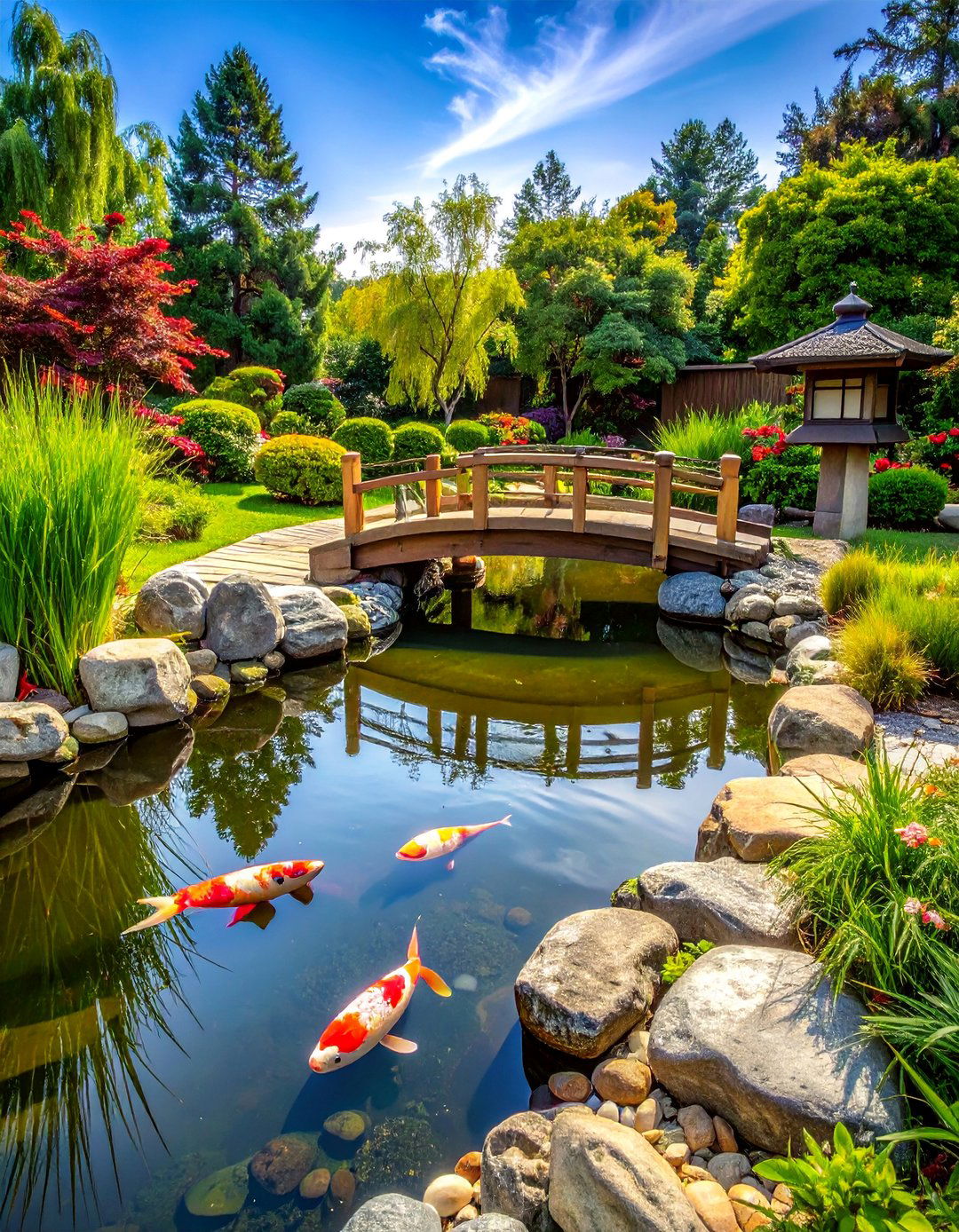
What elements create the perfect meditation space around water? Japanese garden design principles transform ordinary ponds into serene contemplation areas that promote peace and reflection. This approach emphasizes simplicity, balance, and natural materials arranged with careful attention to sight lines and seasonal interest. Clean stone borders, strategically placed boulders, and minimal plant selection create uncluttered beauty that changes subtly throughout the year. A simple wooden bridge provides access while serving as a viewing platform for koi or goldfish swimming below. Ornamental grasses and carefully pruned shrubs frame views without overwhelming the space. Stone lanterns or subtle lighting extend usability into evening hours. The overall design encourages slow movement and quiet observation, making it ideal for stress relief and mindful connection with nature in rural settings.
6. Multi-Level Terraced Pond Design
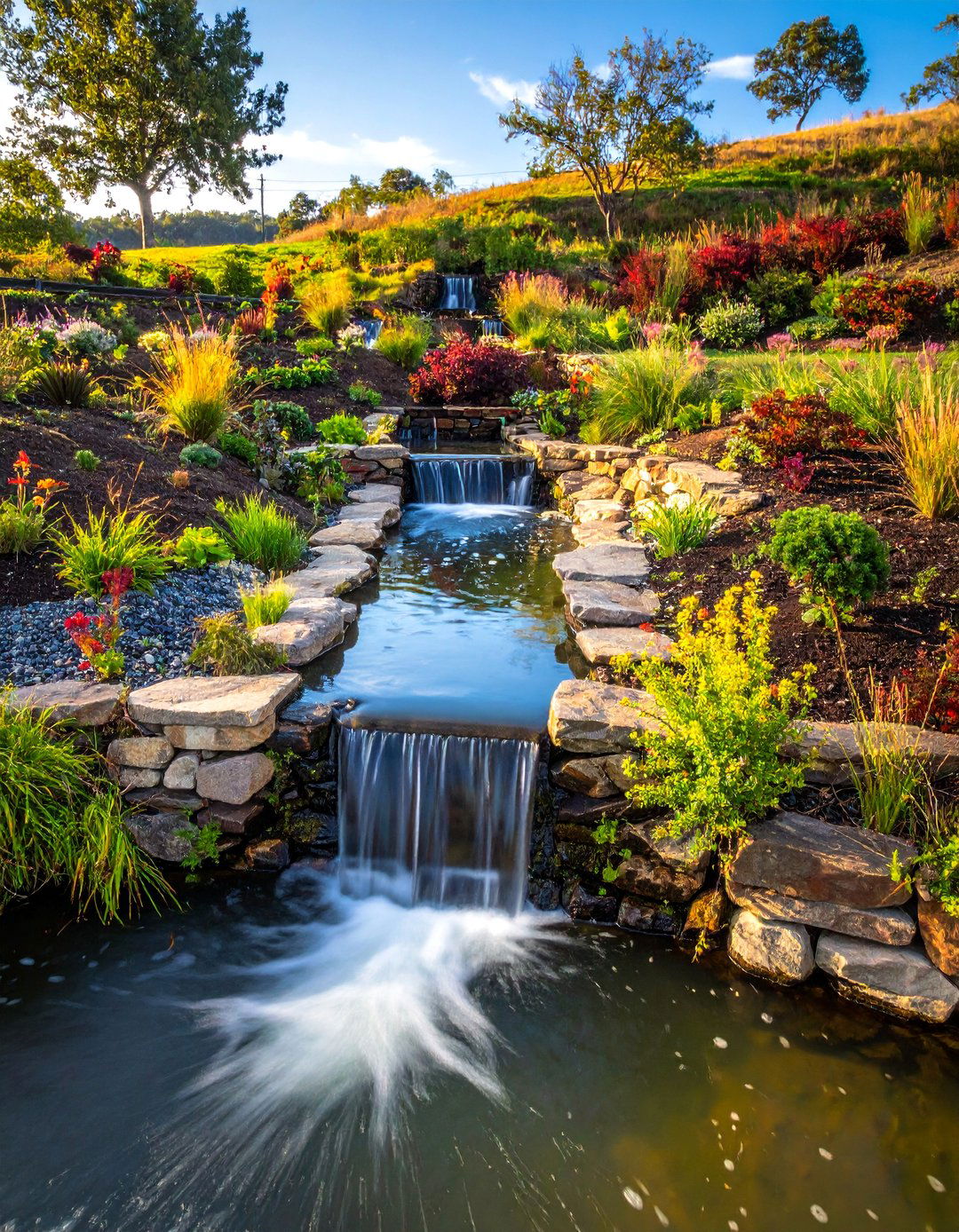
How do you create visual interest on sloping terrain while managing water flow effectively? Multi-level terraced ponds work with natural topography to create stunning water features that appear carved by nature itself. This design uses gravity to move water between levels, creating gentle waterfalls and providing diverse depths for different fish species and aquatic plants. Each terrace serves specific functions: shallow areas for plant establishment, medium depths for small fish, and deeper sections for larger species and winter survival. Natural stone retaining walls separate levels while providing structural support and visual continuity. The varying water temperatures and flow rates in different sections create micro-habitats that support greater biodiversity. Maintenance access between levels ensures each section can be properly cared for without disturbing the entire system. This approach maximizes water surface area while creating dramatic visual impact.
7. Floating Island Ecosystem
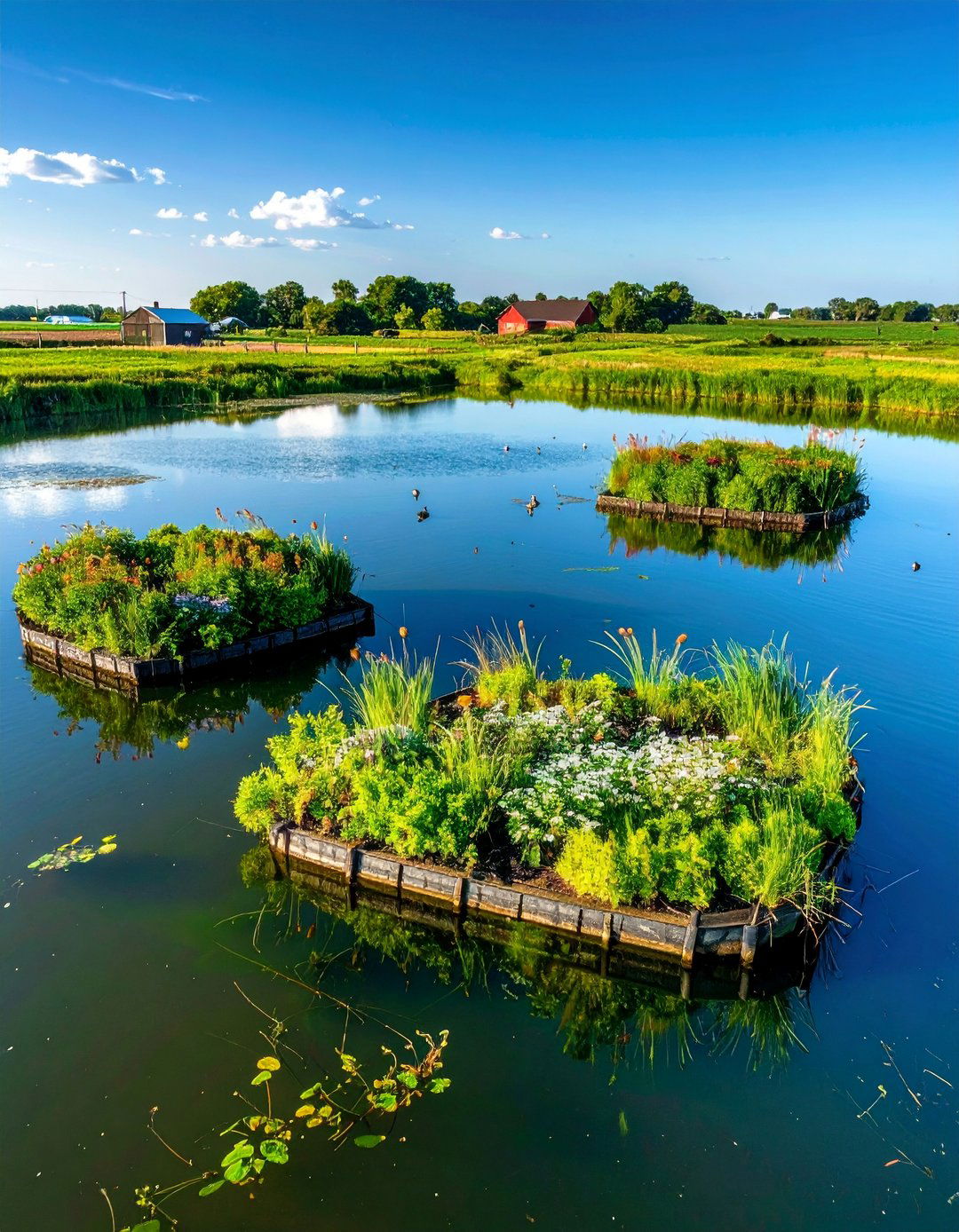
What innovative features can enhance your pond's ecological value while reducing maintenance? Floating islands create unique habitat opportunities while naturally filtering water through plant root systems. These engineered islands support emergent vegetation that removes excess nutrients, reducing algae growth and improving water clarity. The floating design adjusts automatically to water level changes while providing secure nesting sites for waterfowl above predator reach. Native plants like sweet flag, pickerel rush, and arrow arum establish quickly and provide year-round interest. Fish find shelter and feeding opportunities around the extensive root systems below water surface. The islands can be repositioned as needed and additional units added over time to increase filtration capacity. This innovative approach combines ecological function with visual appeal while demonstrating sustainable pond management practices that benefit both wildlife and water quality.
8. Swimming and Recreation Pond
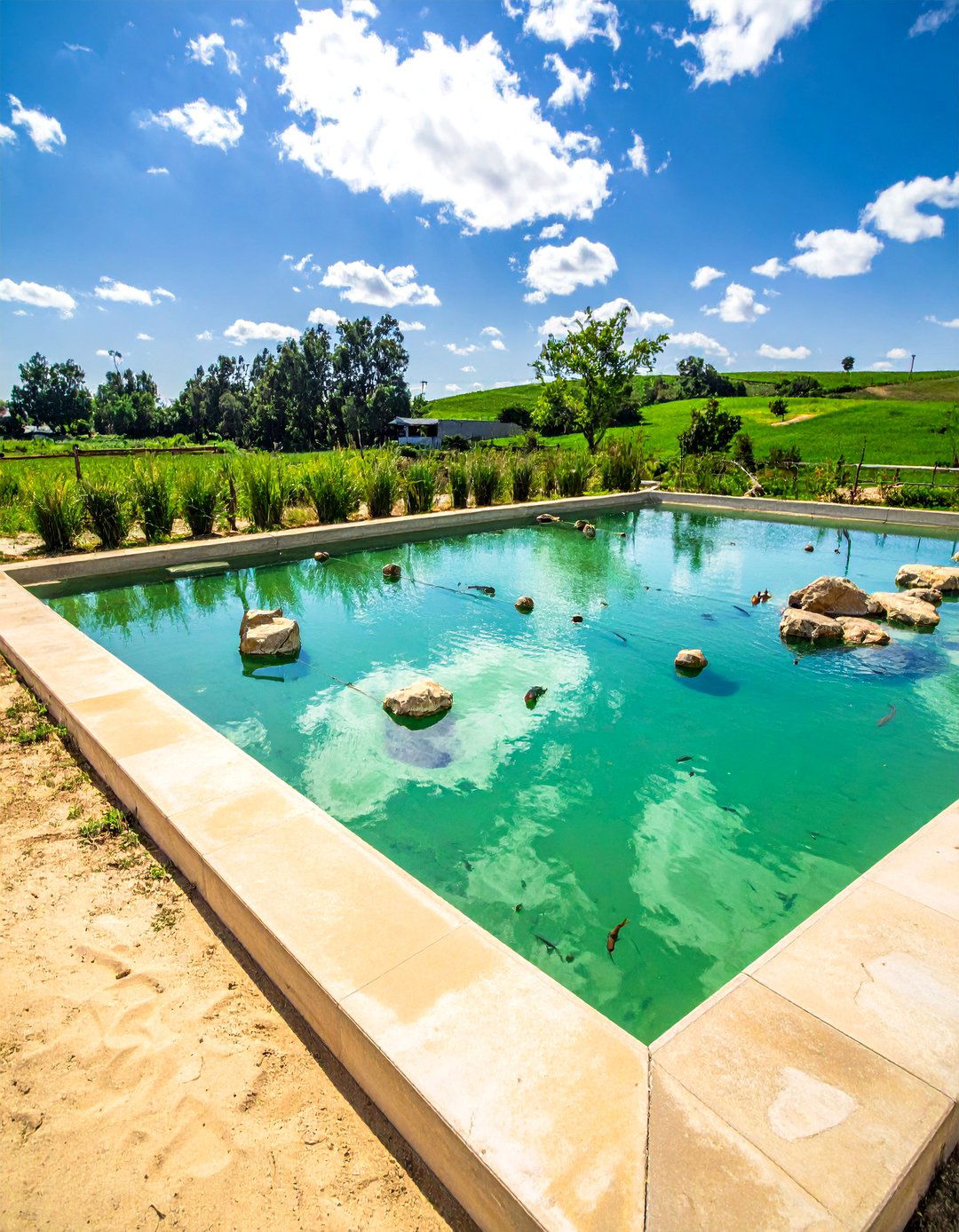
Why choose between a swimming pool and a fishing pond when you can have both? Recreation-focused pond designs incorporate beach entry areas, swimming zones, and safety features while maintaining fish habitat in deeper sections. This design uses natural materials to create distinct areas: shallow sandy beaches for wading, deeper clear zones for swimming, and vegetated margins for fish and wildlife. Proper circulation systems maintain water quality suitable for human contact while supporting aquatic life. Beach areas use sand and small gravel to create authentic shorelines that feel comfortable underfoot. Diving rocks or platforms provide safe entry into deeper water, while emergent vegetation screens swimming areas from livestock access. Safety considerations include gradual depth transitions, clear sight lines, and emergency access points. This multi-use approach maximizes your pond's recreational value while maintaining its agricultural and ecological functions.
9. Livestock Watering Integration
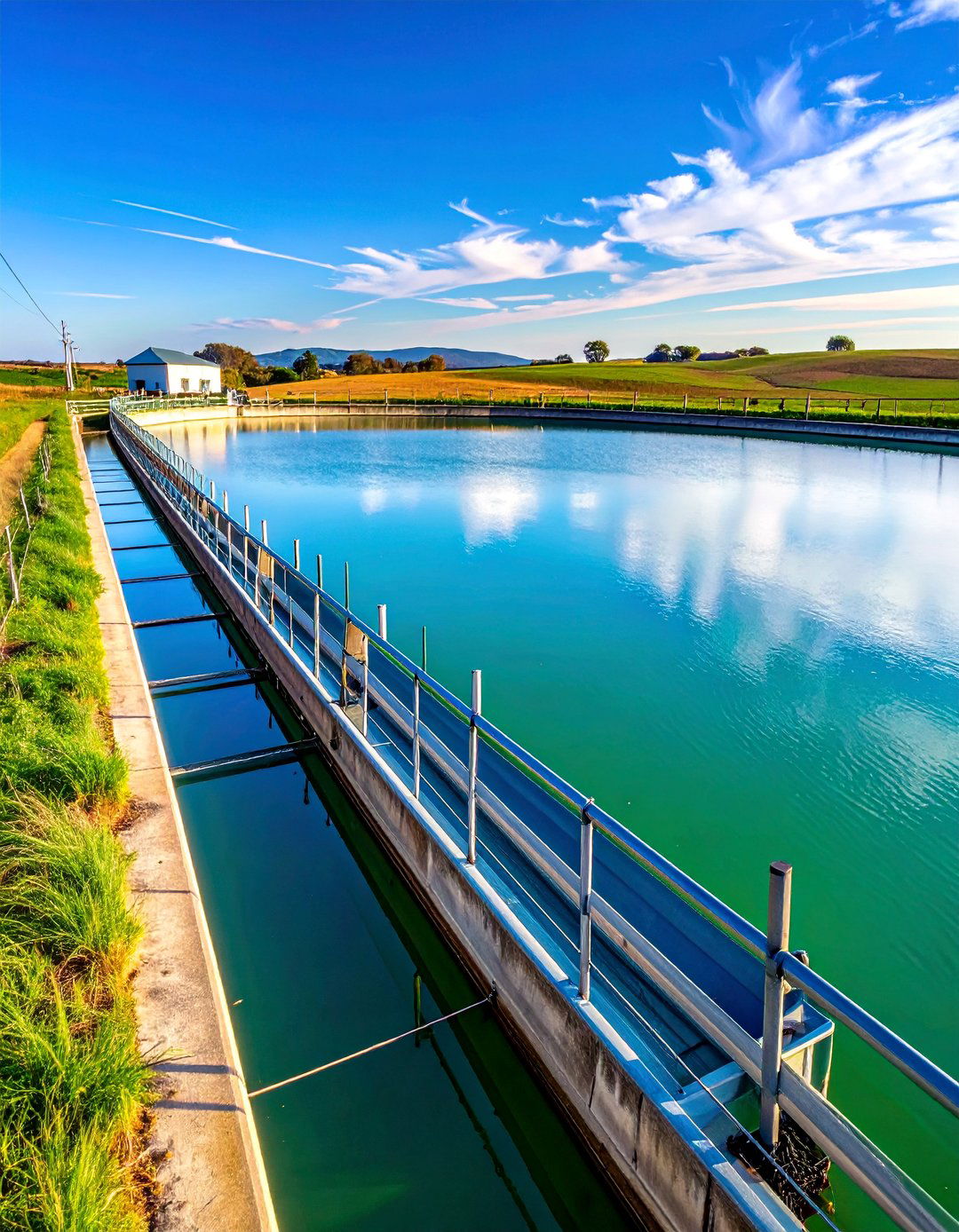
How can you provide reliable livestock water access while protecting pond water quality? Thoughtful integration of livestock watering systems allows animals to drink without damaging shorelines or contaminating water. This design uses gravity-fed troughs or automatic waterers positioned below the pond dam, drawing clean water while preventing direct animal access to the main pond. Fencing protects critical areas while allowing controlled access to designated watering points. Hardened approaches using gravel or concrete prevent muddy conditions around water sources. Overflow systems return excess water to lower pastures for irrigation. The design maintains separate clean water for animals while preserving the pond's recreational and ecological functions. Strategic placement of water points reduces energy costs while providing reliable access during dry periods. This approach protects water quality while supporting livestock health and reducing maintenance requirements around the pond perimeter.
10. Aquaponics and Fish Farming Setup
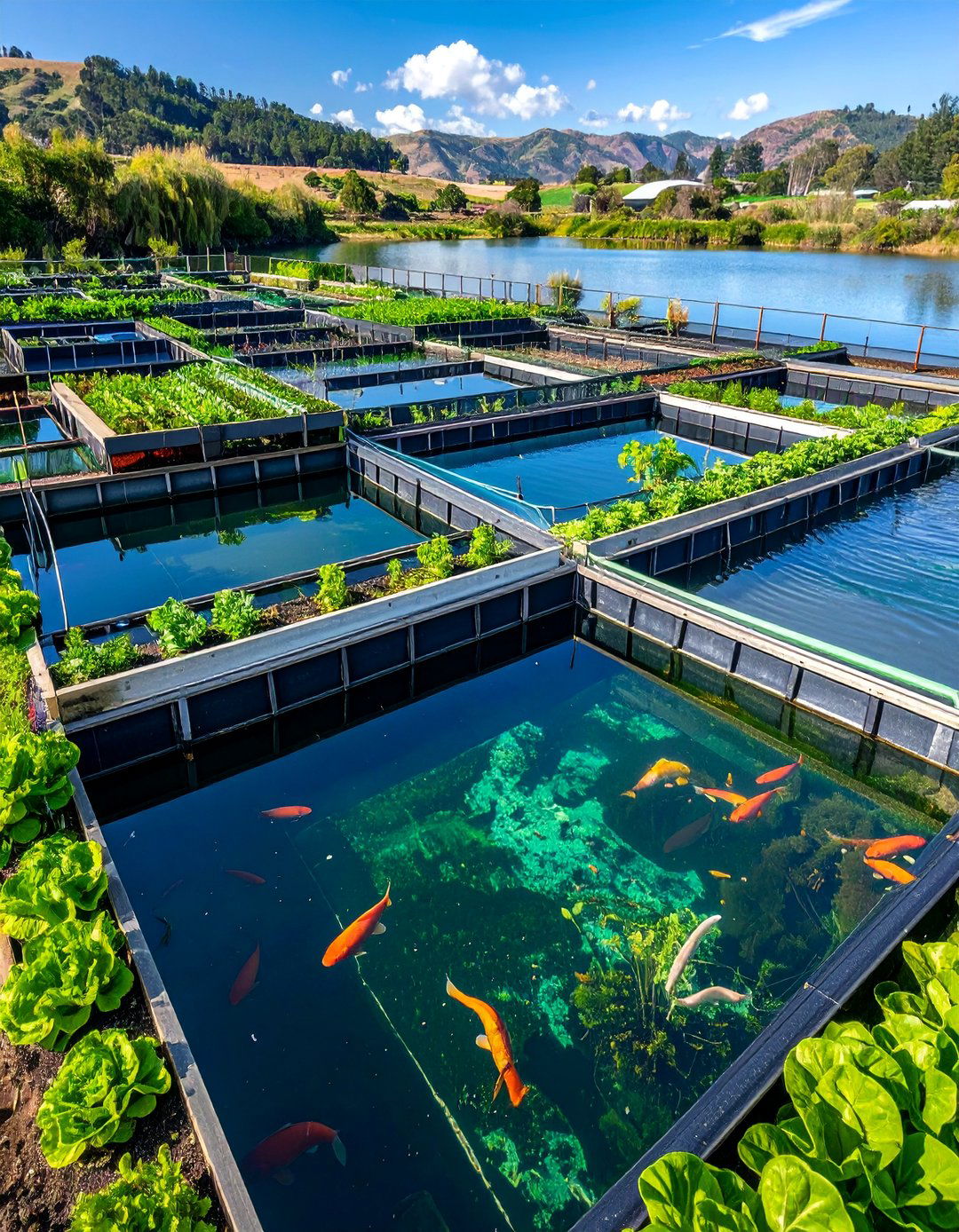
Could your pond provide both recreation and food production opportunities? Aquaponics integration creates sustainable food systems that combine fish raising with vegetable production. This design incorporates separate growing areas where fish waste provides nutrients for plants, which in turn filter water returning to the fish habitat. Raised beds or floating gardens receive nutrient-rich water pumped from fish-holding areas, supporting vegetables like lettuce, herbs, and tomatoes. The natural filtration reduces the need for chemical treatments while producing fresh food for your family. Fish species like catfish, bluegill, or trout provide protein while maintaining water quality through their feeding activities. The system requires careful monitoring of water chemistry and feeding schedules to maintain balance. This innovative approach demonstrates sustainable agriculture principles while creating educational opportunities and reducing grocery costs through homegrown fish and vegetables.
11. Seasonal Interest and Native Plant Borders
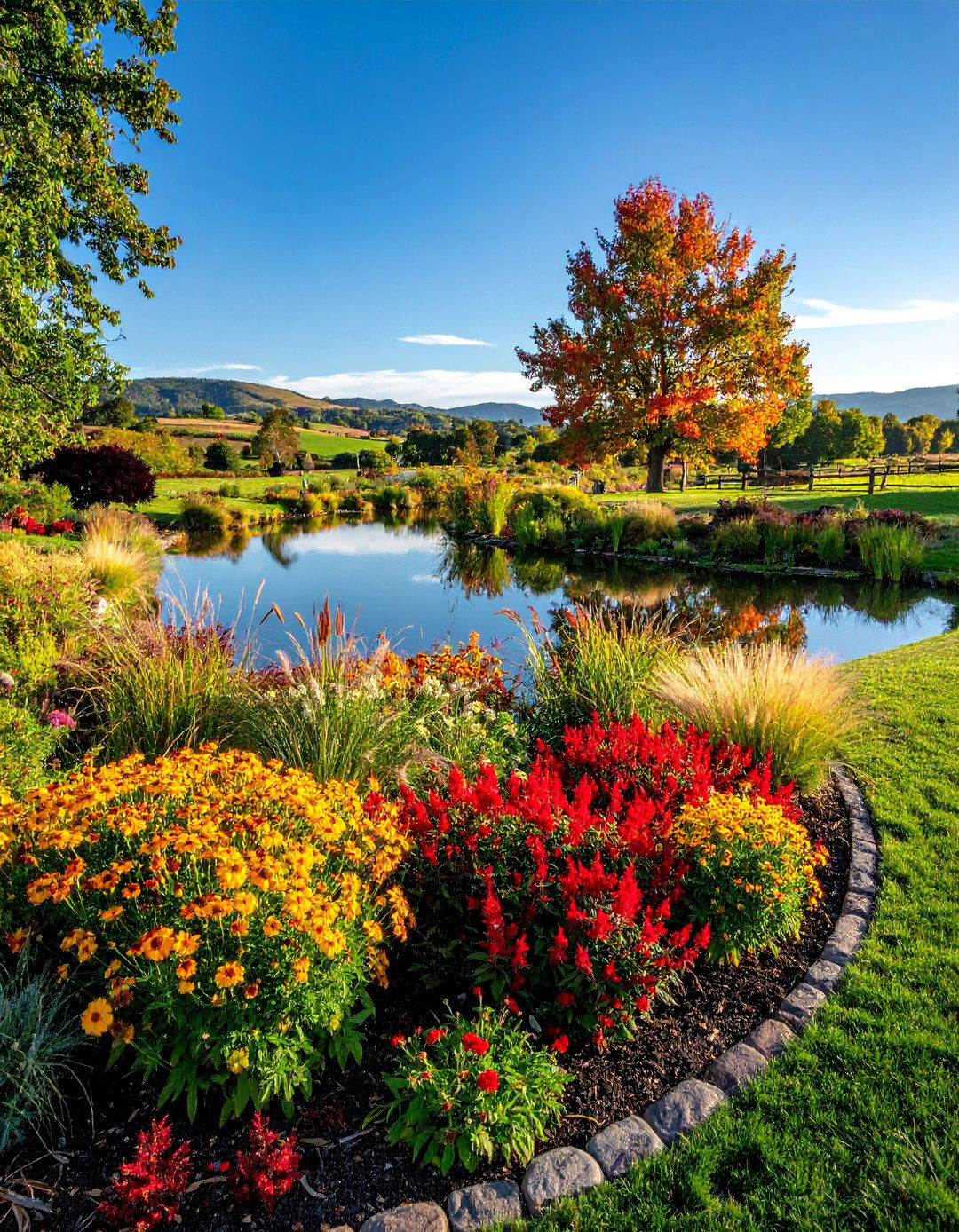
What plants provide year-round beauty while supporting pond health and local wildlife? Thoughtfully selected native plant borders create living screens that change with seasons while providing practical benefits. Spring brings early wildflowers like marsh marigold and skunk cabbage, followed by summer bloomers like cardinal flower and blue flag iris. Fall showcases ornamental grasses and asters, while winter reveals structural plants like red-osier dogwood and winterberry holly. These plantings filter runoff, prevent erosion, and provide habitat for beneficial insects and birds. Layered planting from ground covers to shrubs to canopy trees creates diverse habitat while screening pond views from livestock areas. Native plants require minimal maintenance once established and support local pollinator populations. The changing seasonal display provides ongoing interest and photographic opportunities while demonstrating environmental stewardship through native plant conservation and habitat creation.
12. Aeration and Water Quality Management
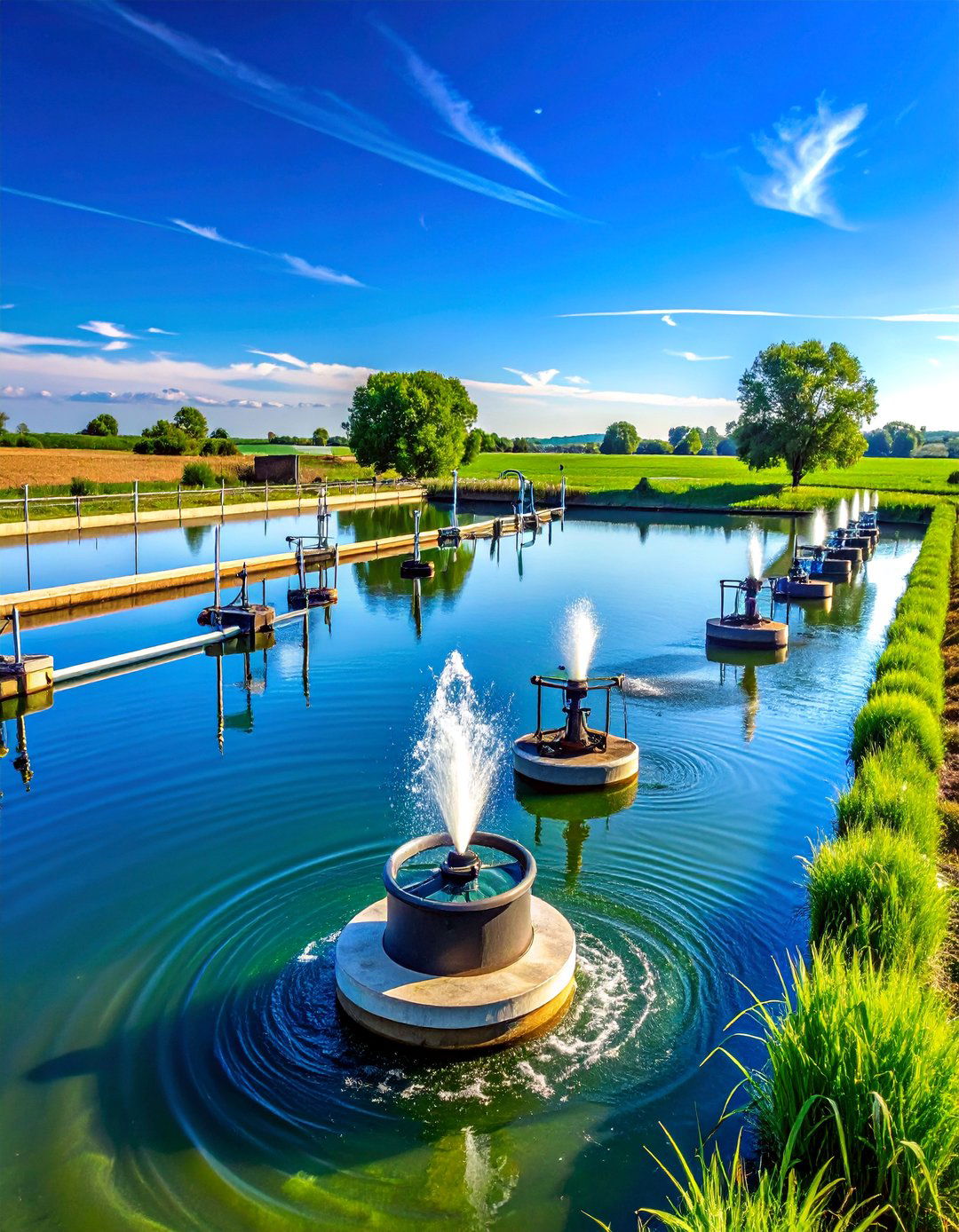
How do you maintain crystal-clear water and healthy fish populations throughout the year? Strategic aeration systems prevent oxygen depletion while circulating nutrients and preventing stagnation. This approach combines bottom-diffusion aerators with surface fountains to maintain optimal dissolved oxygen levels even during hot summer months or ice-covered winters. The system includes backup power options and monitoring equipment to ensure continuous operation. Beneficial bacteria treatments help break down organic matter while maintaining biological balance. Strategic placement of aerators creates circulation patterns that prevent dead zones and promote even temperature distribution. Solar-powered options reduce operating costs while providing reliable function. UV sterilization systems eliminate harmful bacteria and algae without affecting beneficial organisms. This comprehensive approach ensures excellent water quality that supports healthy fish populations while maintaining clear, odor-free water suitable for recreational use and livestock watering throughout changing seasonal conditions.
13. Heritage Pond Restoration and Enhancement
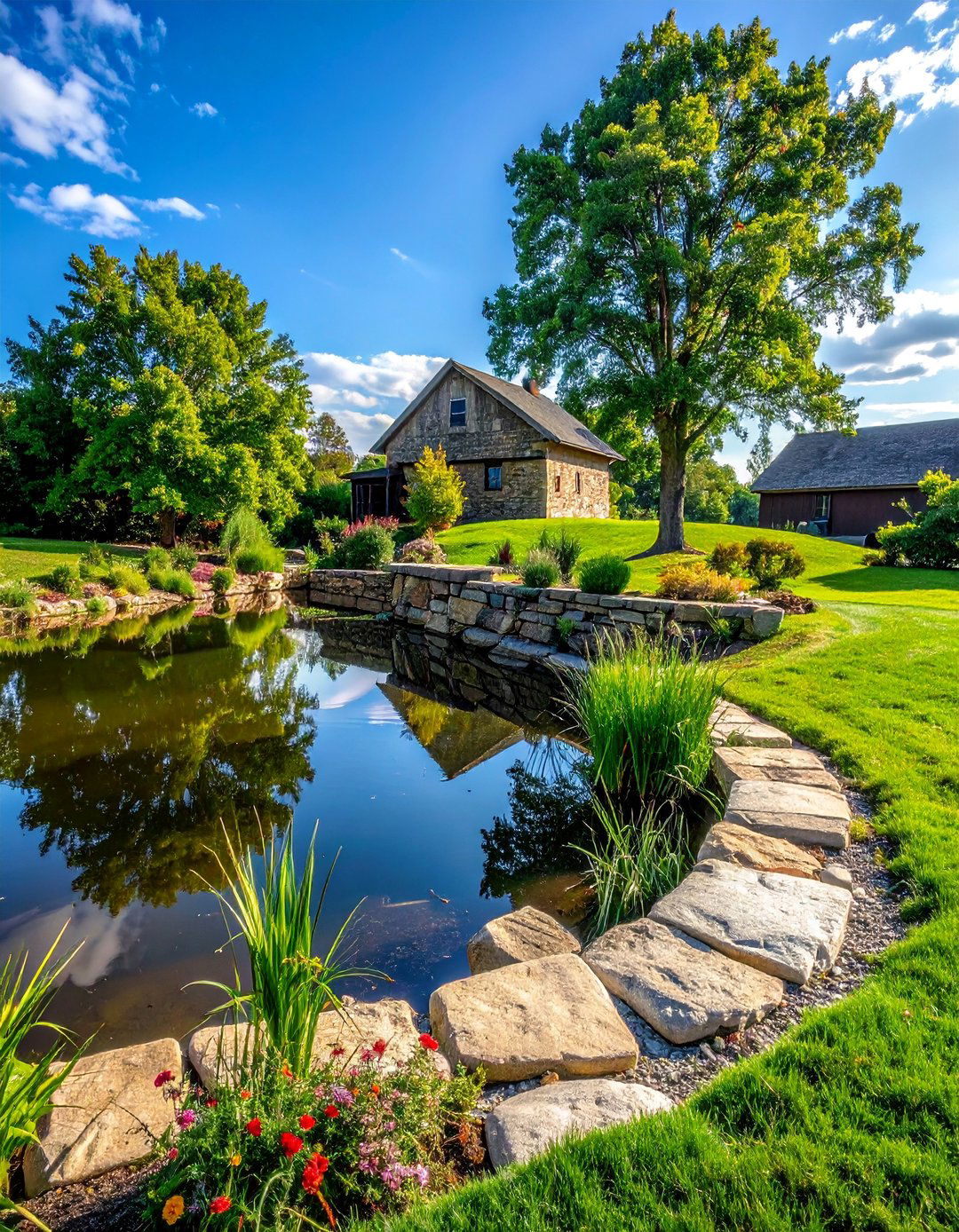
What treasures lie hidden in that old, neglected pond on your property? Historic pond restoration preserves valuable landscape features while incorporating modern improvements for enhanced function. This approach begins with professional assessment of existing structures, water sources, and ecological potential. Careful dredging removes accumulated sediment while preserving valuable topsoil for redistribution. Original stonework receives repair and reinforcement using traditional techniques and compatible materials. Updated spillways and overflow structures improve flood management while maintaining historic character. Fish habitat improvements include strategically placed structures that don't compromise the pond's heritage appearance. Native plant establishment recreates period-appropriate landscaping while providing modern ecological benefits. Documentation of restoration work preserves knowledge for future maintenance. This approach honors agricultural heritage while creating functional water features that serve contemporary needs and demonstrate respect for previous generations' land stewardship efforts.
14. Evening Entertainment and Lighting Design
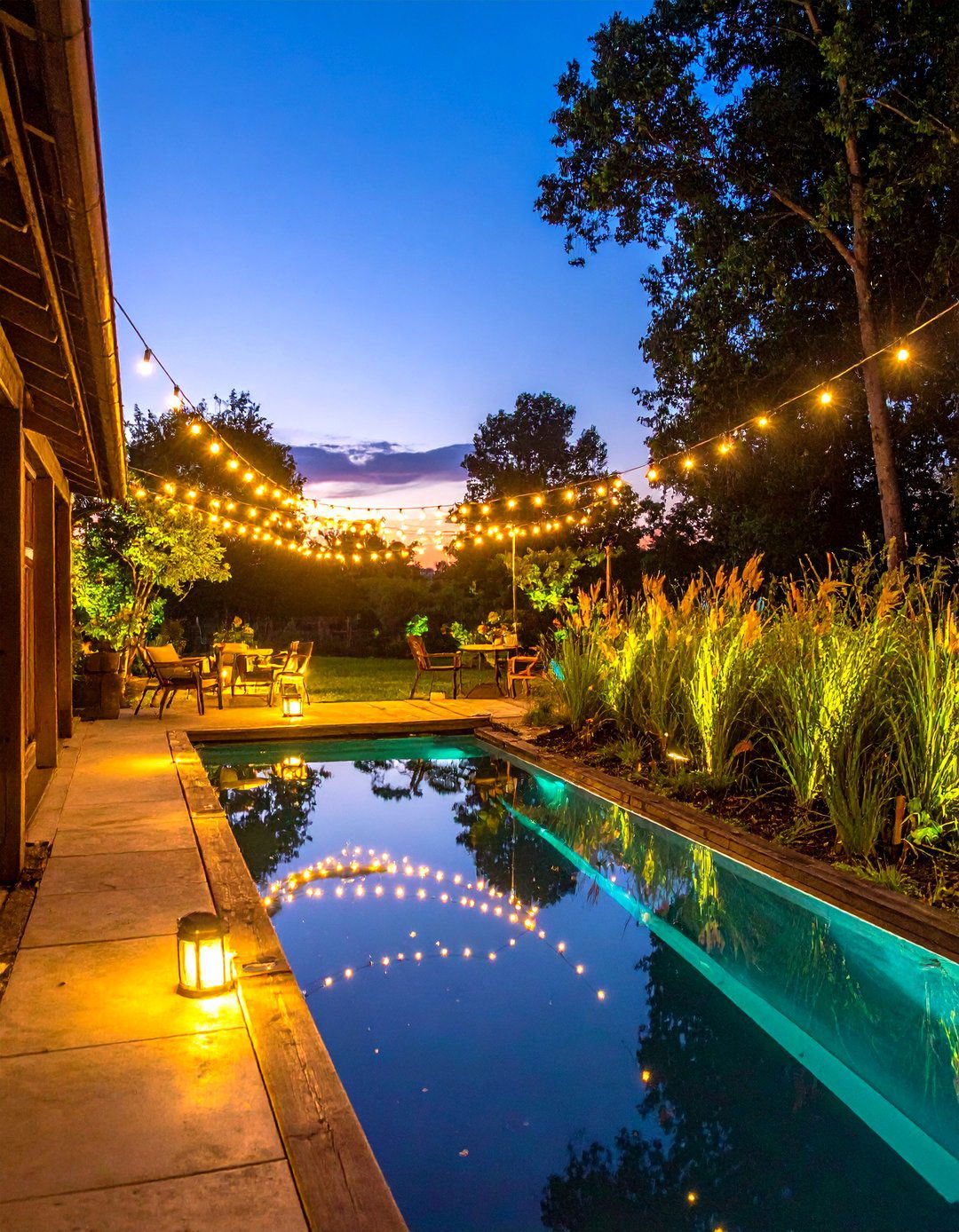
Why limit pond enjoyment to daylight hours when thoughtful lighting extends usability into magical evening experiences? Landscape lighting design creates ambiance while providing safety and security around water features. This approach uses low-voltage LED systems that highlight key features without overwhelming natural settings. Underwater lights showcase fish activity while creating stunning reflections on water surfaces. Path lighting ensures safe navigation while floating lights add enchanting movement. Solar options reduce operating costs while providing reliable illumination. Timer controls and dimming options allow customization for different activities and seasons. String lights over seating areas create intimate gathering spaces for evening entertaining. The lighting design should complement rather than compete with natural moonlight and stars. Strategic placement prevents light pollution while creating magical outdoor living spaces that extend your pond's recreational value throughout evening hours and special occasions.
15. Integrated Fire Features and Gathering Spaces
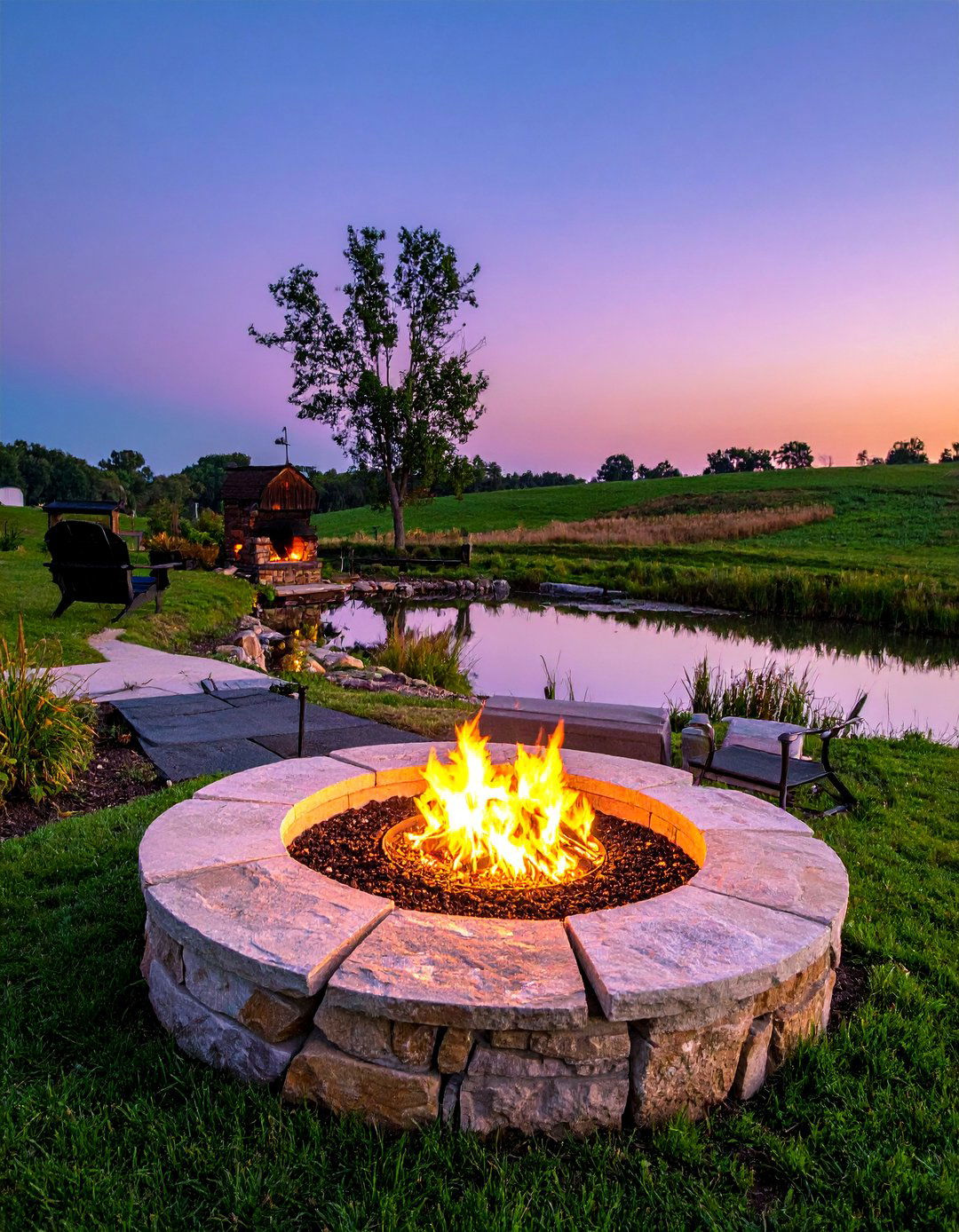
What could be more inviting than combining the relaxing sounds of water with the warmth of fire? Integrating fire features with pond design creates ultimate outdoor living spaces that draw people together for memorable experiences. This design positions fire pits or outdoor fireplaces where they complement rather than compete with water features, creating comfortable gathering areas for all seasons. Stone or brick construction using materials that match pond features ensures visual continuity. Seating arrangements provide multiple viewing angles of both fire and water elements. Safety considerations include proper clearances, spark screens, and emergency water access. Wind patterns and smoke direction influence optimal placement for comfortable use. Storage for firewood and seating cushions maintains clean appearances while ensuring convenience. The combination of fire and water elements creates sensory experiences that appeal to all ages, making your pond area the preferred destination for family gatherings, entertaining guests, and creating lasting memories.
Conclusion:
Creating the perfect farm pond transforms ordinary rural landscapes into extraordinary outdoor living spaces that provide practical benefits while enhancing property value and quality of life. These comprehensive design ideas demonstrate how thoughtful planning combines aesthetic appeal with functional requirements, ensuring your water feature serves multiple purposes throughout changing seasons and family needs. Success depends on understanding your specific site conditions, local regulations, and long-term maintenance requirements before beginning construction. Professional consultation during planning phases prevents costly mistakes while ensuring optimal results that improve with age. Whether you choose natural wildlife habitat designs or recreation-focused features, the key lies in selecting approaches that complement your existing landscape while meeting practical requirements. Your farm pond investment will provide decades of enjoyment while supporting local ecosystems and demonstrating environmental stewardship that benefits both your family and surrounding community for generations to come.

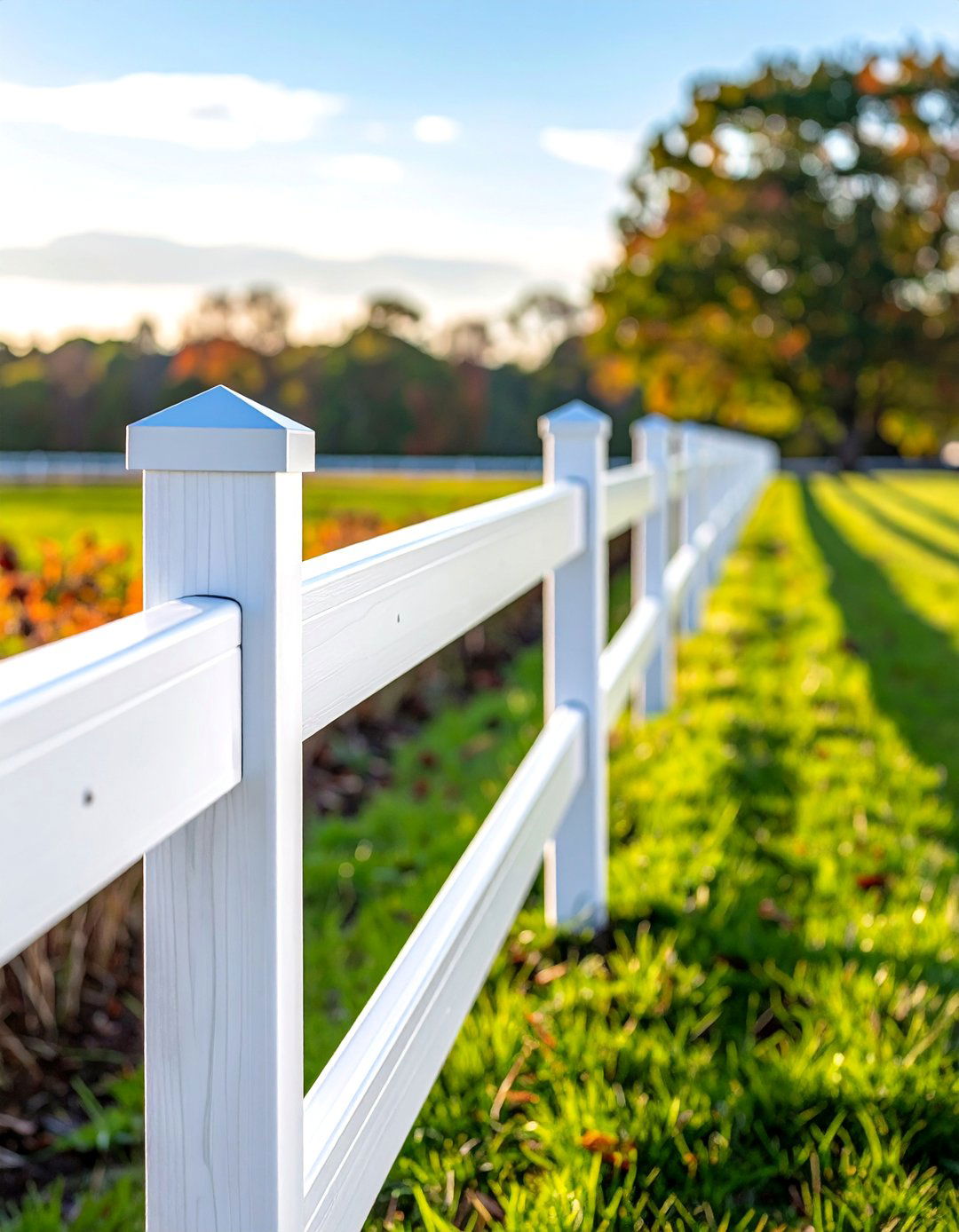
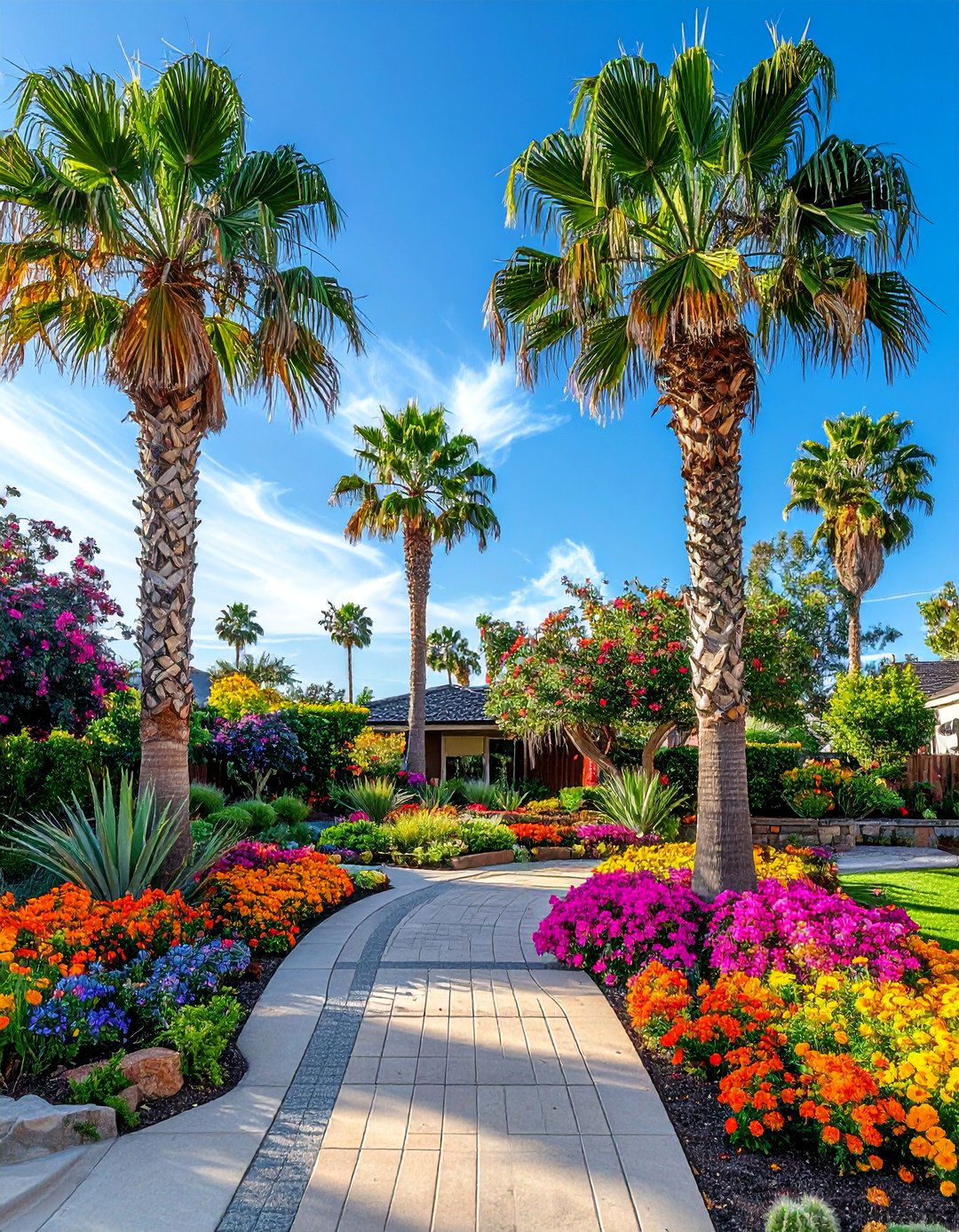
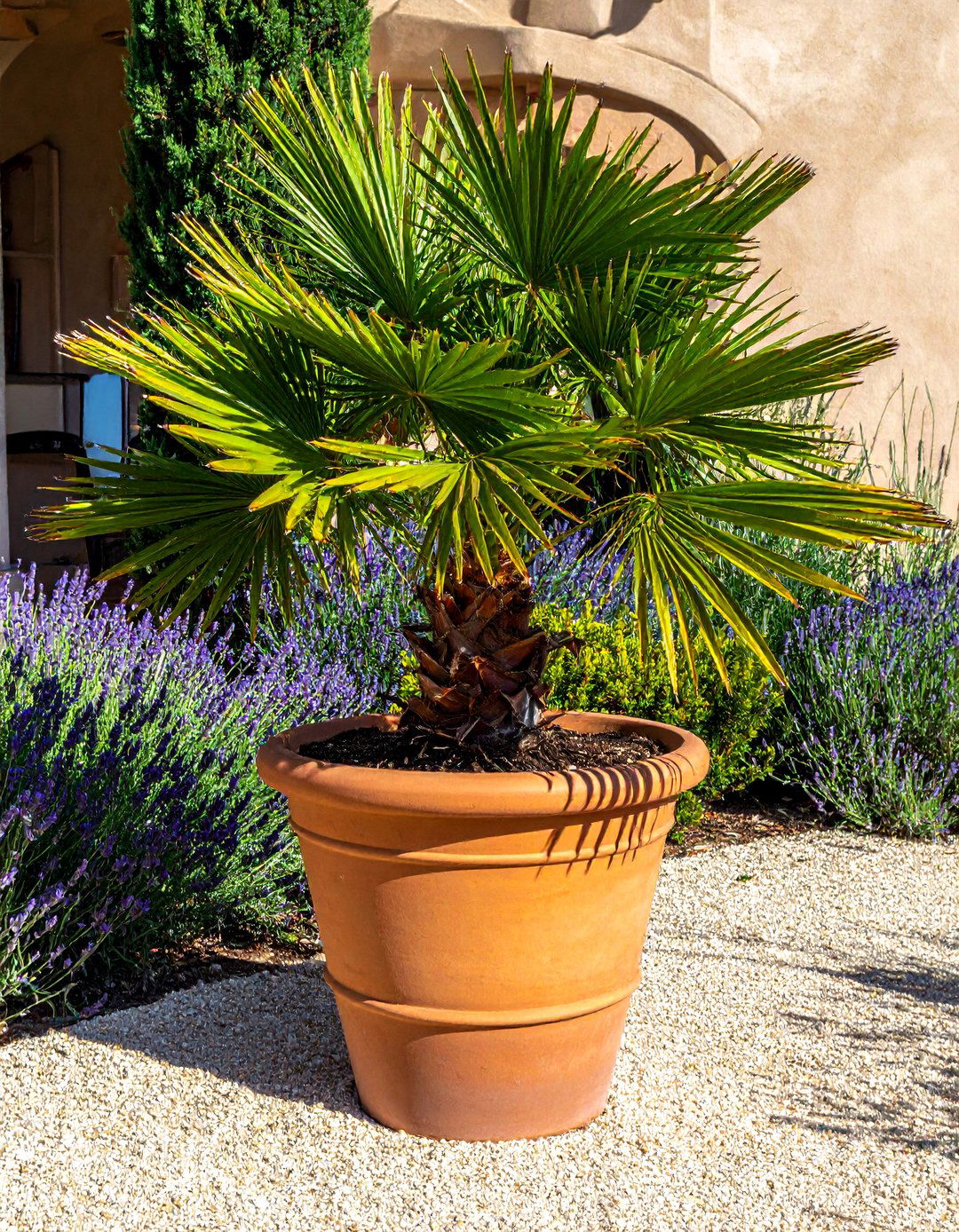
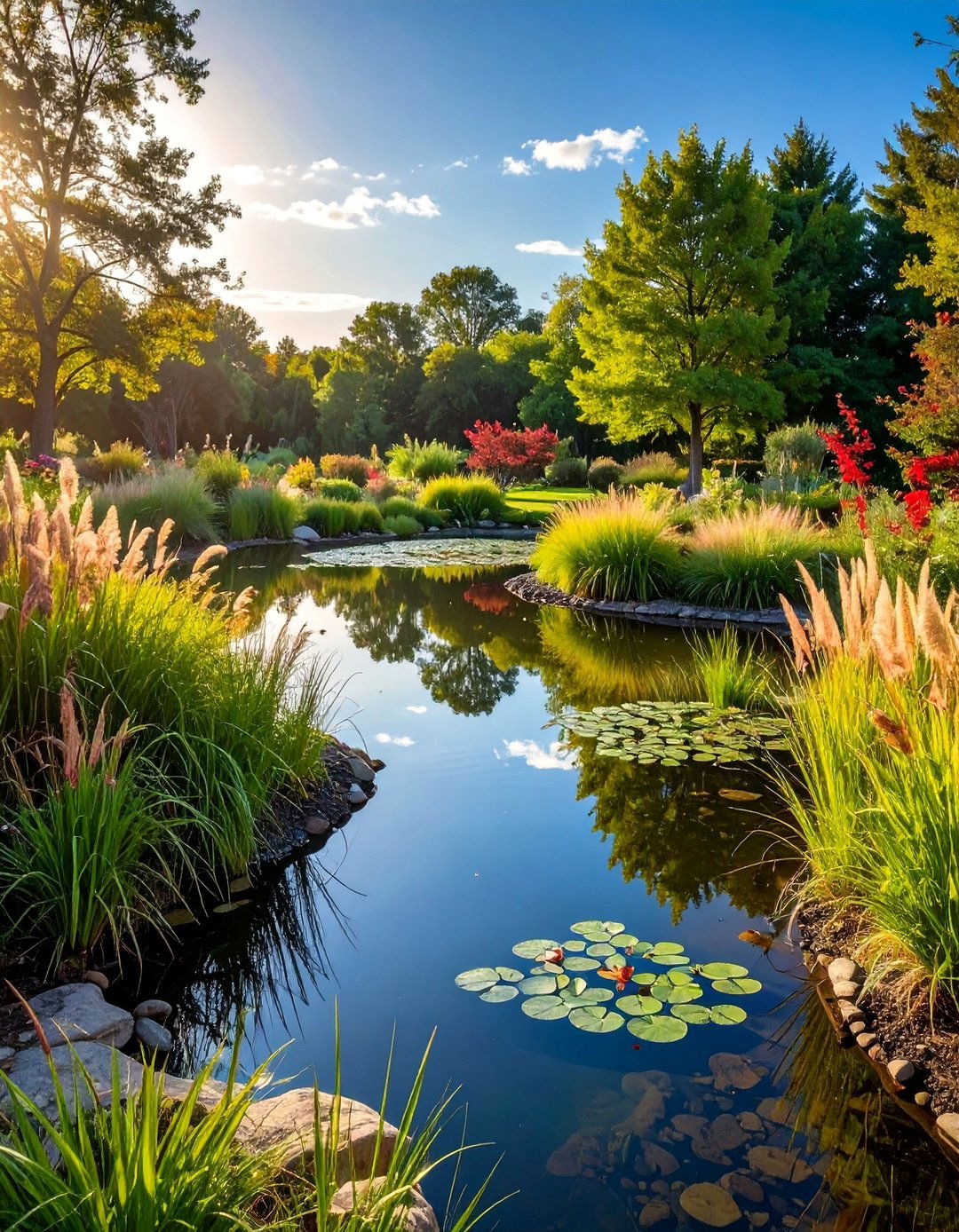
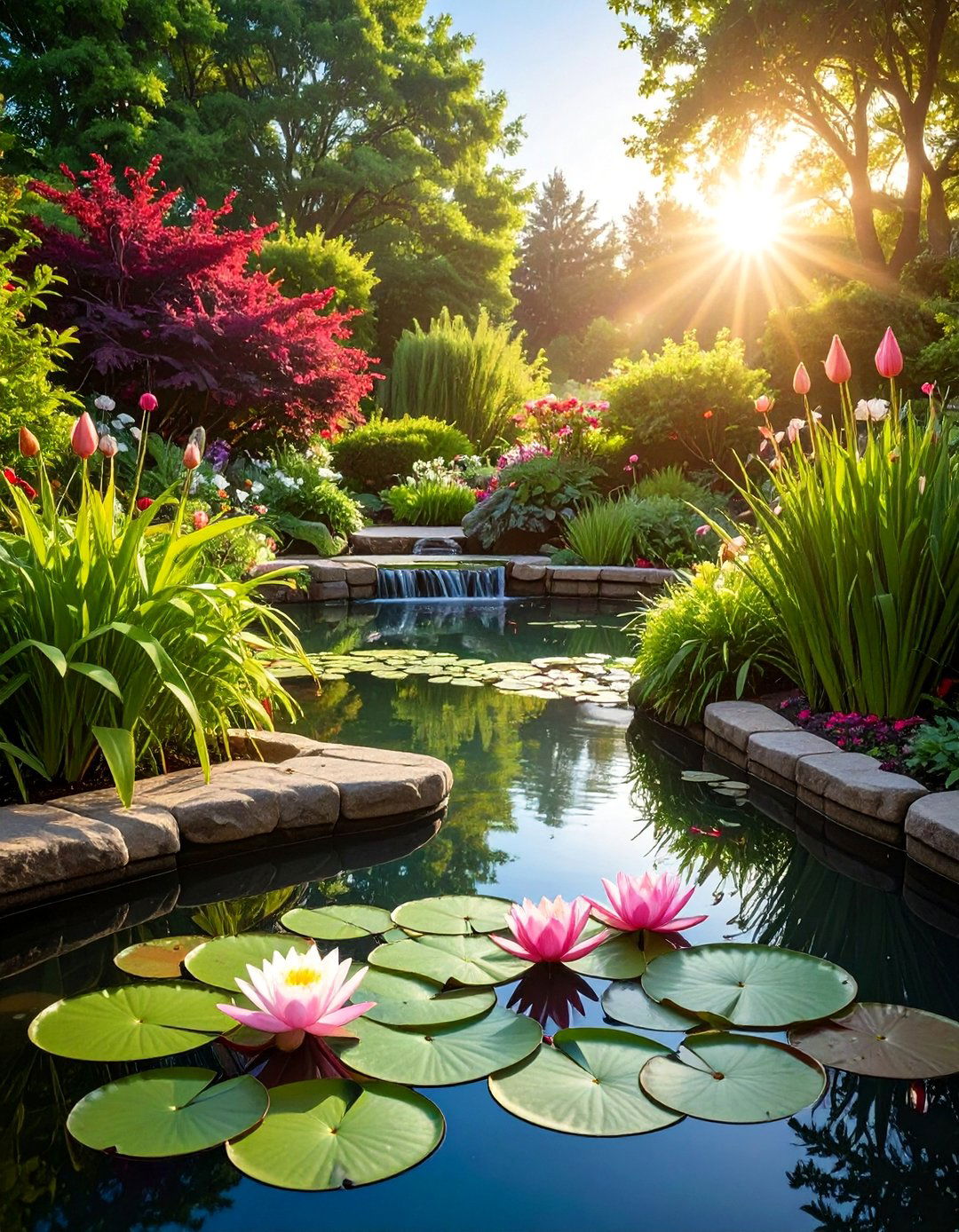
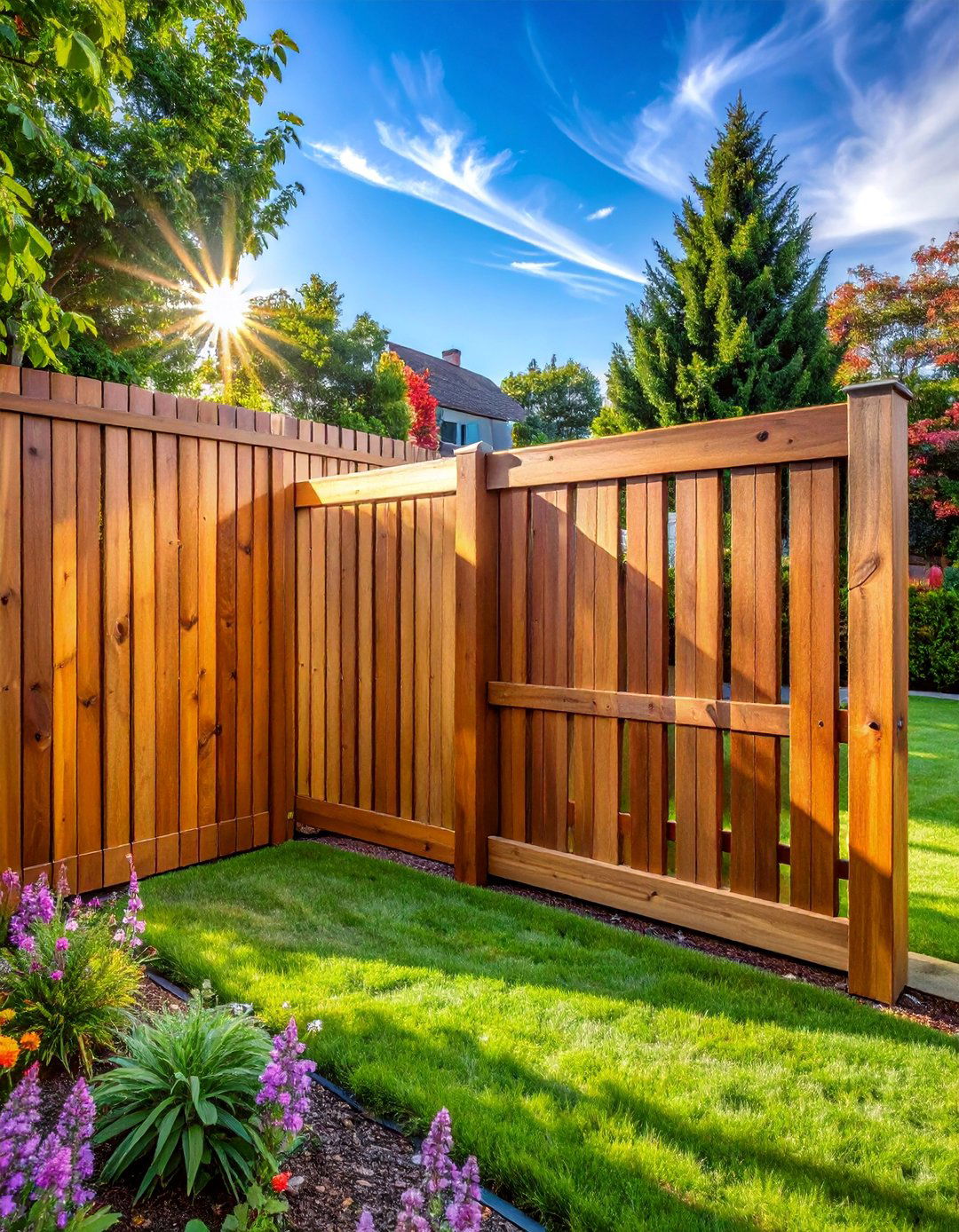
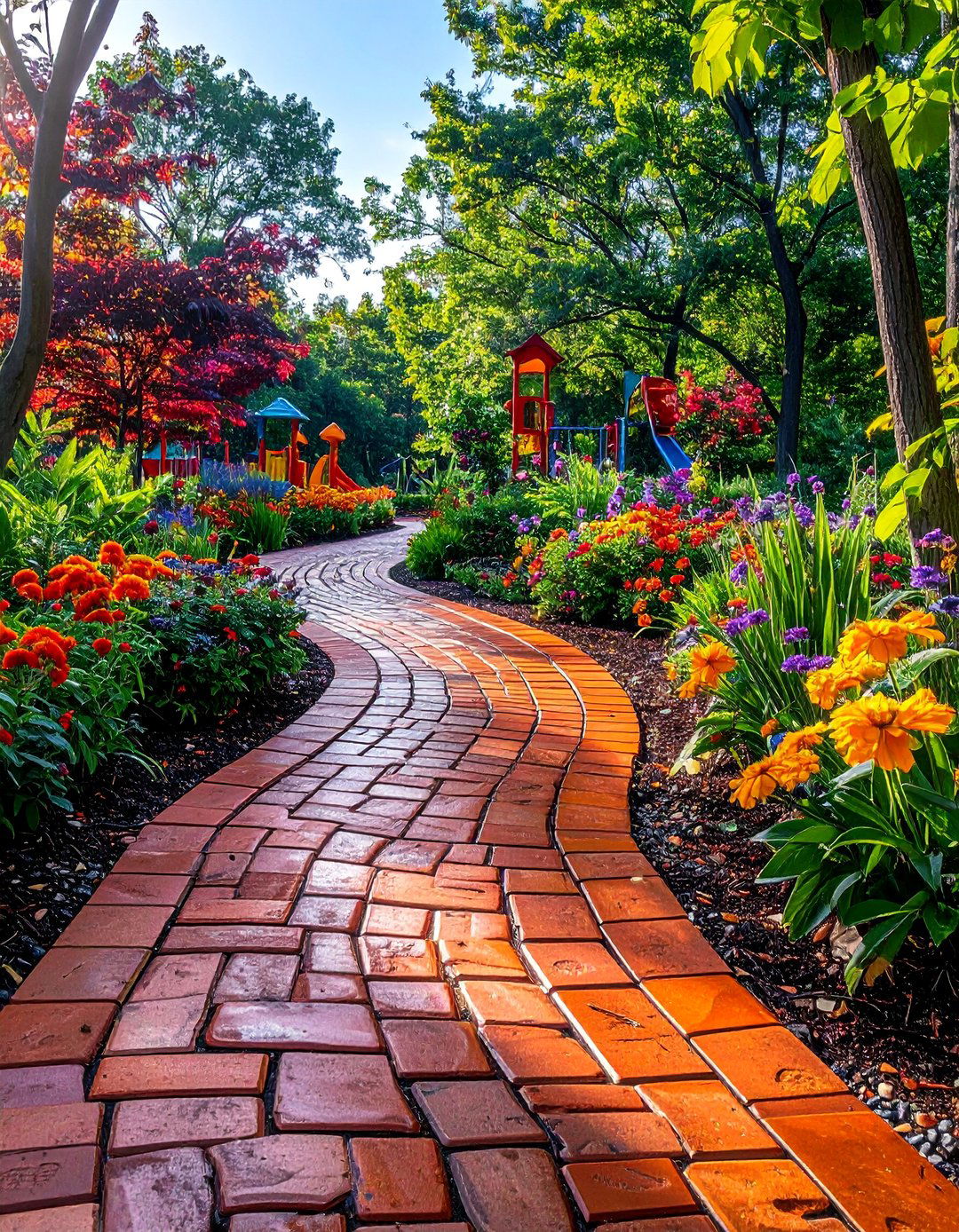
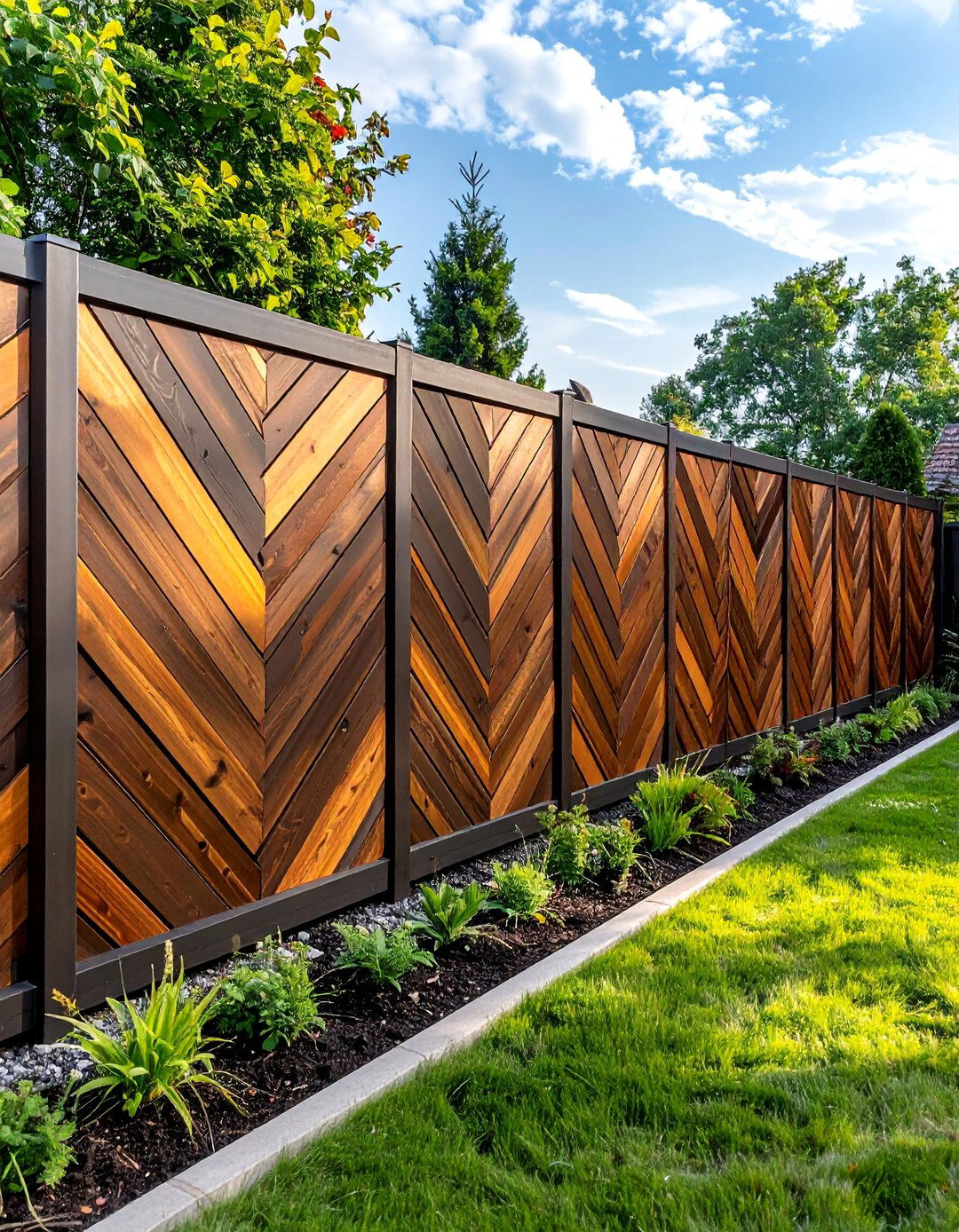
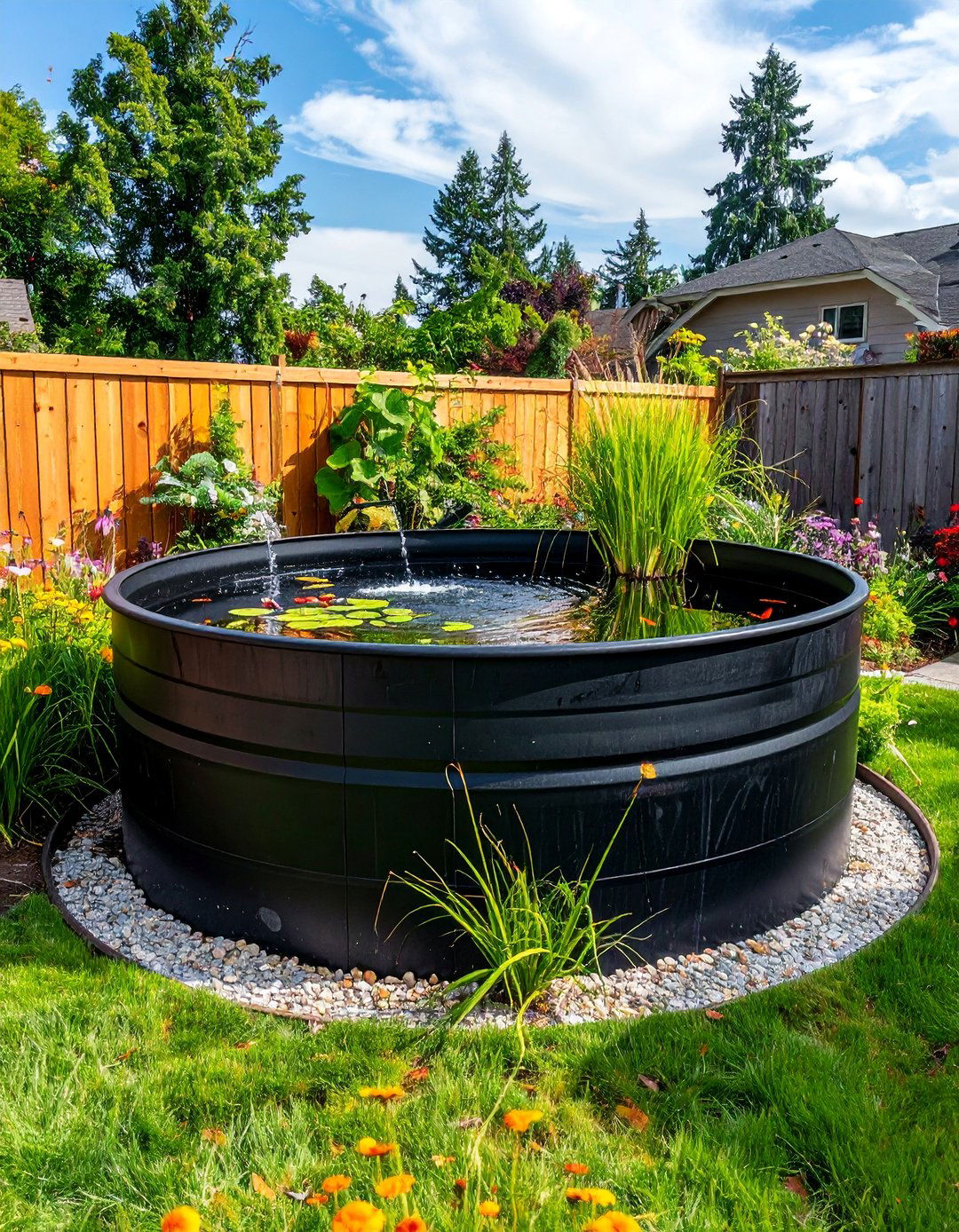
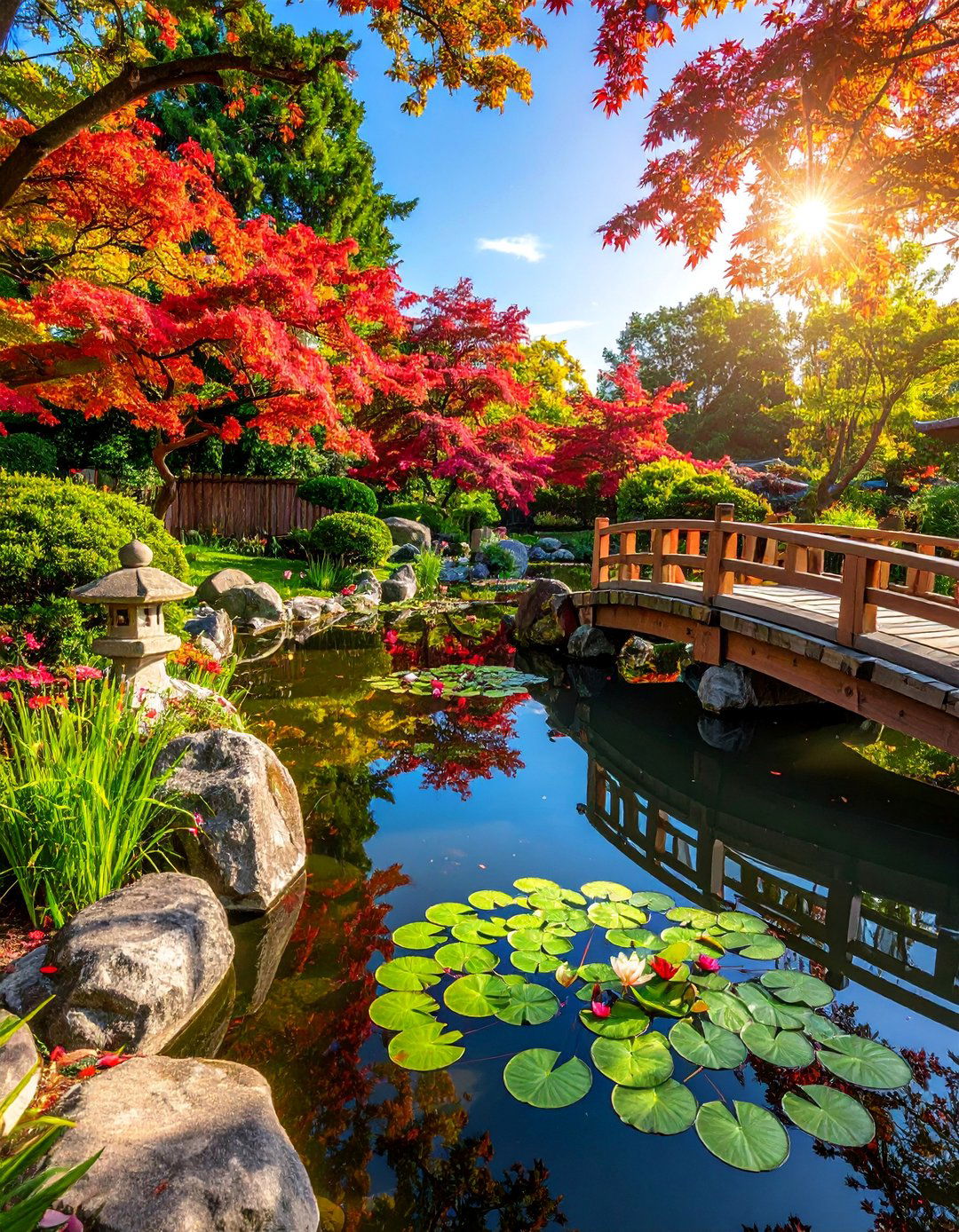
Leave a Reply